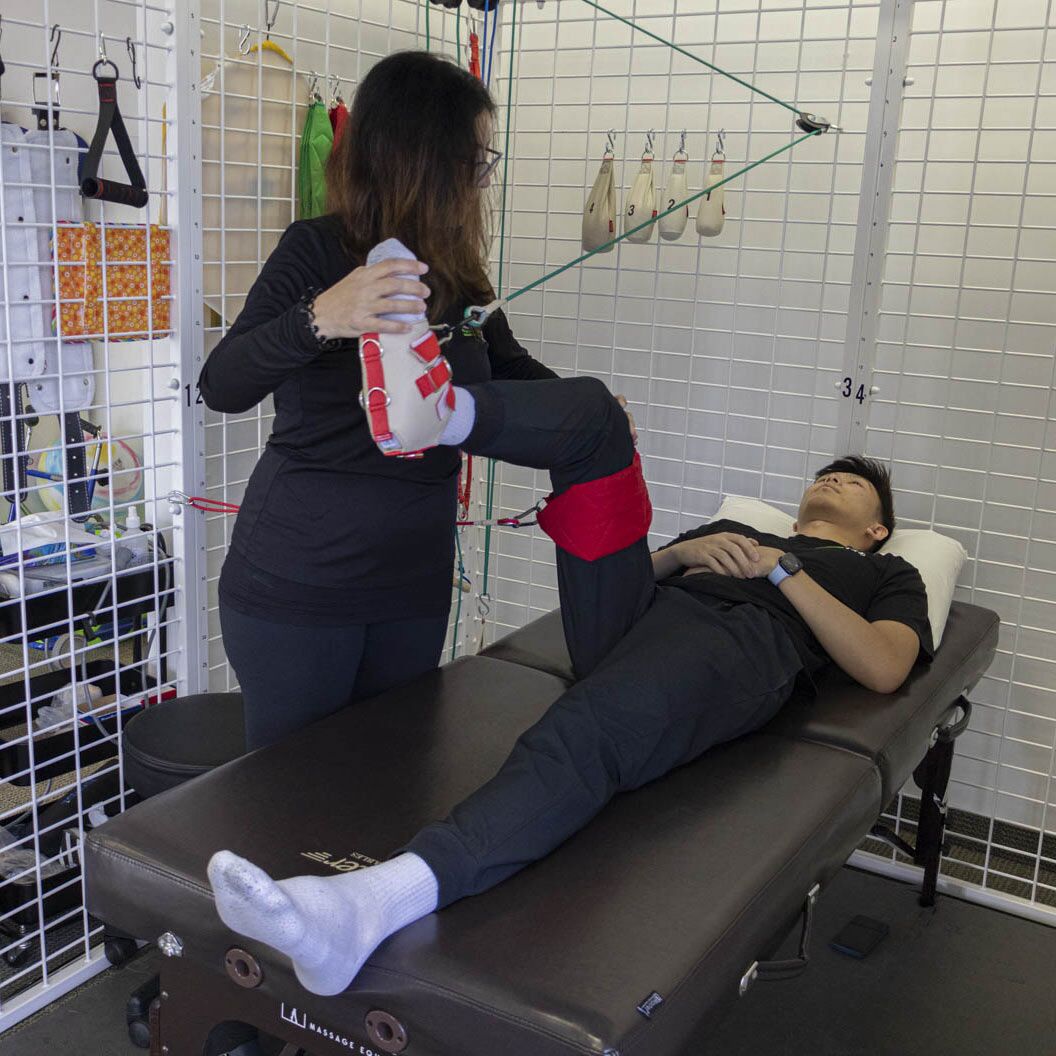One frequent technique used in physical is therapeutic exercise. This includes specific actions and activities that assist build muscle strength, enhance range of motion, and increase endurance. For example, a client rehabilitating from leg surgery may perform exercises that concentrate on restoring strength in the lower limb muscle groups. These exercises are carefully selected based on the individual’s condition and objectives. By gradually boosting the difficulty and complexity of the activities, physiotherapy therapists can help clients recover their power and mobility over a period.

Another crucial technique is manual treatment, which includes physical methods to adjust the body’s tender muscles and joints. This can entail stretching, mobilization, and manipulation. Manual treatment aims to alleviate pain, minimize inflammation, and improve blood flow. For instance, a practitioner may use light pressure to relieve stress in tight muscle groups or to help a articulation move more smoothly. This technique is often integrated with other treatments to improve rehabilitation and promote recovery. Patients often consider manual treatment to be a relaxing and effective way to manage their pain.
In furthermore to exercises and hands-on therapy, instruction plays a crucial why not try this out part in physical. Practitioners teach clients about their conditions and how to handle them effectively. This may entail guidance on correct posture, physical mechanics, and strategies to prevent subsequent traumas. For instance, a therapist might demonstrate a patient how to raise heavy items properly to avoid injuring their back. By enabling patients with understanding, physical practitioners help them assume an active part in their recovery and promote long-term health and fitness.
Finally, technological advancements is increasingly being incorporated into physical methods. Tools such as sonography, electrical impulses, and immersive environments can improve traditional therapy methods. These technologies can assist reduce discomfort, promote healing, and offer engaging methods for patients to engage in their recovery. For example, immersive reality can generate immersive environments for clients to practice actions in a safe plus secure setting. As advancements continues to evolve, it provides promising possibilities for enhancing recovery results in physical.
In summary, physical encompasses a range of techniques that work in unison to support recovery and healing. Through therapeutic exercises, hands-on therapy, patient instruction, and the use of technology, physiotherapy therapists provide holistic care tailored to each patient’s needs. This comprehensive method not only helps patients recover their physical abilities but also enables them to maintain their well-being in the long run. As an increasing number of individuals acknowledge the advantages of physiotherapy, it continues to play a crucial role in the pathway toward enhanced health and well-being.